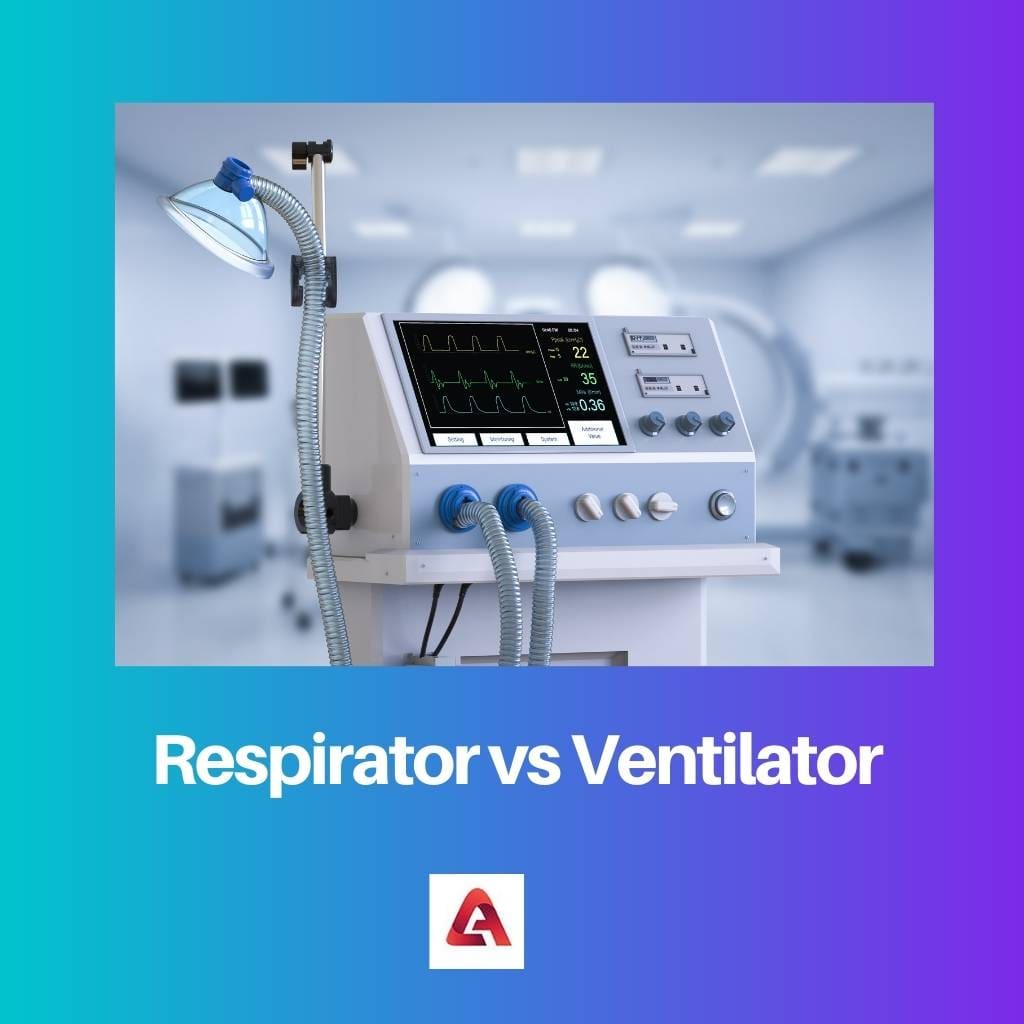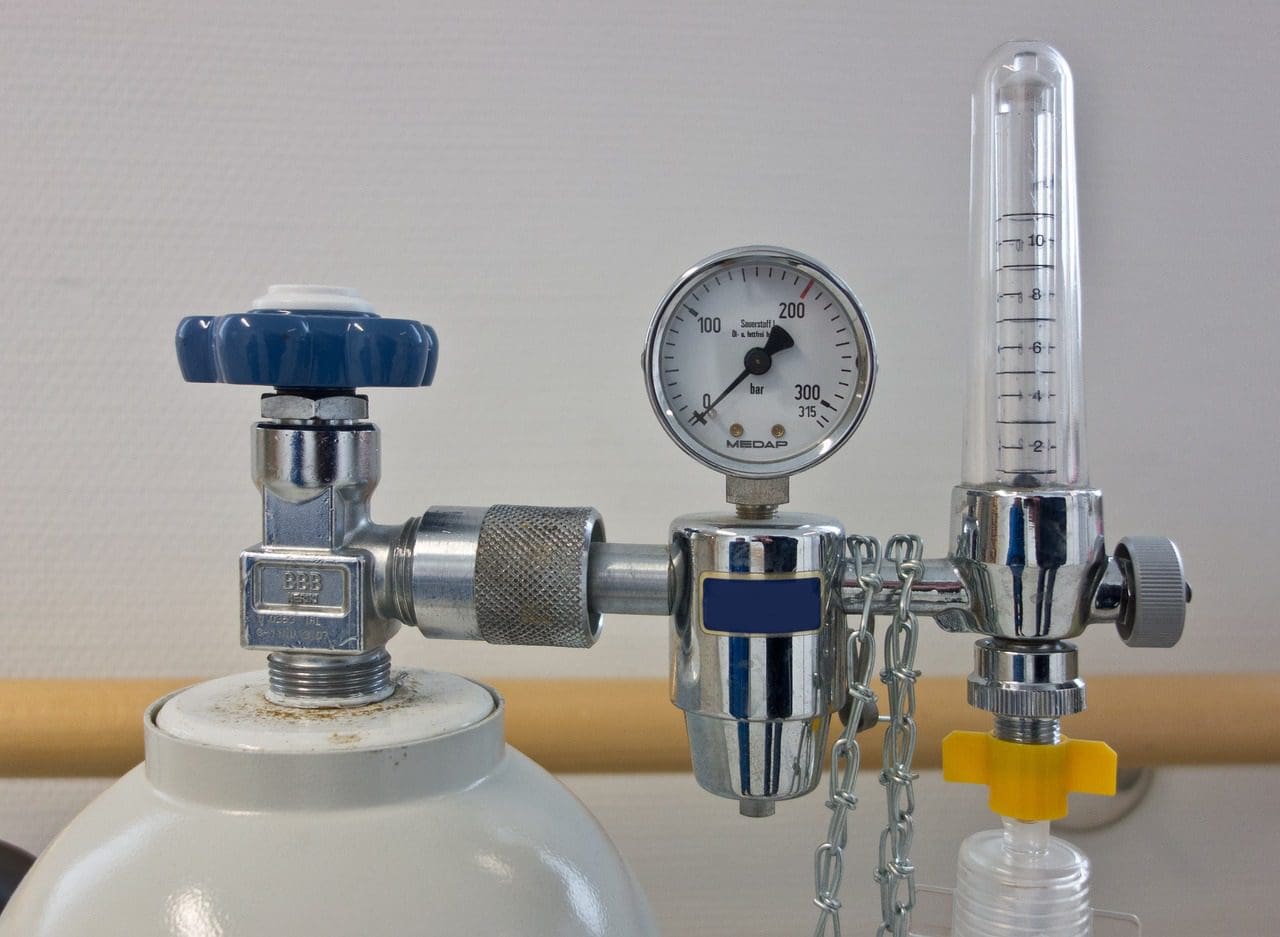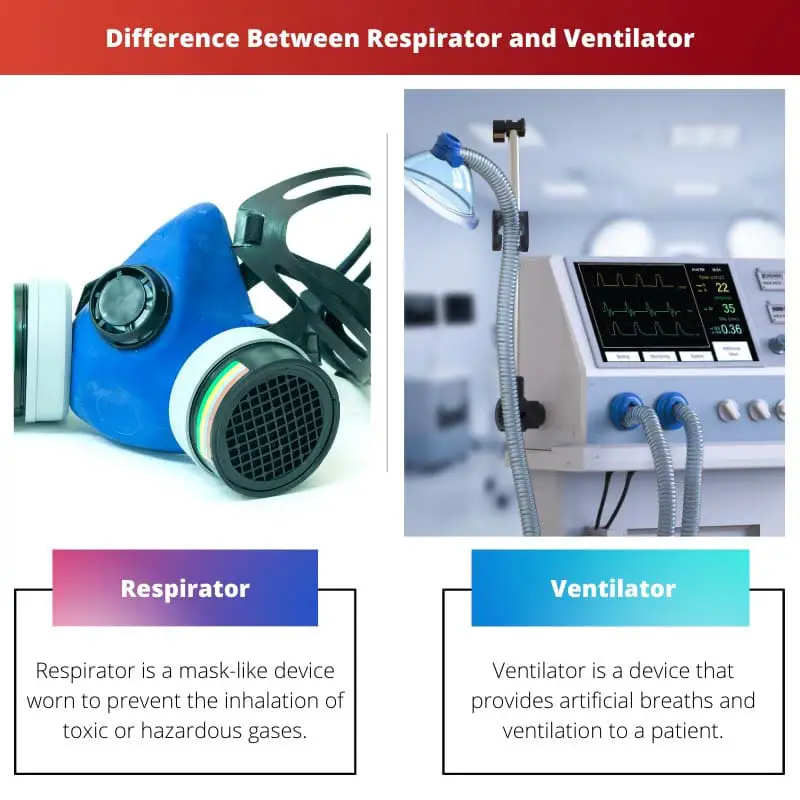The entire existence of human beings is based on inhaling oxygen, on breathing. It is in times of health crisis that one requires external support or technical assistance to breathe.
Respirators and Ventilators are two devices that are associated with breathing but are different from each other as they are used for distinct purposes.
Key Takeaways
- Respirators are masks worn over the nose and mouth to filter out harmful particles from the air.
- Ventilators help people breathe by pumping air or oxygen into the lungs.
- While respirators and ventilators assist with breathing, they serve different purposes and are used in different situations.
Respirator vs Ventilator
The difference between a Respirator and a Ventilator is that Respirator is a device used to prevent an individual from inhaling toxic gases and fumes, whereas Ventilator is a machine that provides artificial breaths or ventilation to an individual. The two devices also differ from each other in terms of their usage, structure, etc.

A respirator is a device that resembles the structure of a mask. It is worn primarily to avoid the inhalation of poisonous or harmful gases. It also prevents dangerous substances like viruses or bacteria from entering an individual’s mouth as it fits tightly around the nose and jaw.
A ventilator, on the other hand, is a machine that assists an individual in breathing. It provides mechanical or artificial ventilation to a patient who is not able to breathe on his or her own.
It may be required by patients who undergo operations or other diseases, due to which the original oxygen supply is reduced.
Comparison Table
| Parameters of Comparison | Respirator | Ventilator |
|---|---|---|
| Definition | Respirator is a mask-like device worn to prevent the inhalation of toxic or hazardous gases. | Ventilator is a device that provides artificial breaths and ventilation to a patient. |
| Function | It serves to protect the wearer from breathing in any toxic substances or gases. | It serves to provide oxygen to patients who are unable to breathe naturally. |
| Structure | It is shaped like a mask and hence worn over the mouth and nose. | It is a machine that supplies oxygen to the lungs of a patient and expels carbon dioxide with the help of a tube. |
| Usage | It is used to remove the contaminated particles suspended in the air and provide a healthier source of air. | Ventilator is used to treat diseases or issues related to the respiratory tract. |
| Classification | There are two categories of respirators, air-purifying, and air-supplied respirator. | These are classified into positive and negative pressure ventilators. |
What is Respirator?
A respirator is a mechanism used to protect oneself from the contaminated air around. It saves an individual from inhaling any hazardous or toxic fumes, gases, or substances that may be suspended in the atmosphere. It is a safer and better alternative supply of breathing air.
It is structured like a mask. Hence, it fits tightly on the nose and covers the mouth completely so that no unwanted and toxic microorganisms can enter one’s body.
It uses a strap that is worn around the head to make it stable. The facepieces can be of various types depending upon the choice of the wearer.
Respirators come in two kinds. One is known as the air-purifying respirator, and the other one is called the air-supplied respirator.
In the former, the air around is filtered of any contaminated particles and then supplied to the wearer whereas in the latter, a different source is used to provide the breathable air.
The usage of respirators is widespread. Numerous industries require respirators. For instance, healthcare, oil and gas, pharmaceuticals, and all other such work arenas where the risk of air being contaminated is higher.
The word respirator has been derived from a Latin word, ‘respirair’, which means ‘to breathe’ in English.

What is Ventilator?
A ventilator is a machine that is used to provide breathable air or oxygen to a person who is facing trouble breathing naturally. It is a device that gives mechanical ventilation to the lungs. The air is made to travel in and out of the lungs to keep the patient alive.
A ventilator is a full-size machine that is controlled by a computerized microprocessor. It uses a tube to exude carbon dioxide out of the body and supply oxygen to the lungs. This tube is connected to the windpipe or the trachea of the patient. This process is called intubation.
These can be classified into two types, positive pressure ventilators and negative pressure ventilators. Ventilators are commonly used in emergencies where the patient’s ability to breathe naturally reduces. They are, therefore, used in intensive care units and also as anaesthesia machines.
In any pandemic, the requirement and usage of ventilators are at an all-time high because people are unable to breathe due to the lack of oxygen. This is why ventilators are crucial in fighting off such infections.
The invention of ventilators goes way back to 1928, during the polio epidemics of that century. With developments being made over the years, ventilators have become much more sophisticated today.

Main Differences Between Respirator and Ventilator
- A respirator is a mask-like device, while a ventilator is a fully developed machine or equipment.
- Respirators prevent the influx of unwanted microorganisms from the air into a person’s trachea, whereas ventilators provide mechanical breathing to the patient using a tube.
- Respirators are used in industries dealing with hazardous chemicals, gases, vapours, etc., whereas ventilators are used in intensive care units and emergencies.
- While respirators are worn on the face, covering the mouth and nose, ventilators use a tube inserted in the patient’s trachea or windpipe.
- Respirators are classified into air purifiers and air suppliers. On the other hand, ventilators are of types, positive pressure and negative pressure ventilators.

- https://academic.oup.com/annweh/article-abstract/53/8/815/154763
- https://www.sciencedirect.com/science/article/pii/S1871402120301132

The distinctions between respirators and ventilators are clearly explained here, which is crucial knowledge for anyone working in healthcare environments.
Agreed, this article provides a comprehensive overview of respirators and ventilators, making it a valuable resource.
The information provided here is very helpful in better understanding the differences between ventilators and respirators. It’s important to understand how these devices function and when each is necessary in order to provide the best care for patients.
Thank you for the detailed breakdown, it’s crucial for those in healthcare to have a comprehensive understanding of this topic.
Absolutely, the proper use of these devices is essential for patient care.
The detailed information and clear explanations of respirators and ventilators in this article provide a comprehensive understanding of these medical devices.
The comparison table and detailed descriptions of respirators and ventilators in this article make it a valuable source of information for all readers.
Definitely, this article serves as a great resource for anyone looking to learn about the differences between respirators and ventilators.
The detailed breakdown of the functions, structure, and classification of respirators and ventilators in this article is very informative. It’s important to fully understand these devices, especially in healthcare settings.
Absolutely, being well-informed about respirators and ventilators is crucial in ensuring their proper use for patient care.
This article provides a thorough understanding of the mechanisms and purposes of respirators and ventilators, which is essential for healthcare professionals.
The detailed comparison table and descriptions provide a clear understanding of the differences between respirators and ventilators. This information will be beneficial to both medical professionals and the public.
The detailed explanations here provide a comprehensive understanding of respirators and ventilators, which is important for everyone to be informed about.
Agreed, this article is an excellent resource for learning about the functions and classifications of these devices.
This article offers informative descriptions and a detailed comparison between respirators and ventilators, which is beneficial for anyone looking to learn more about these medical devices.
Absolutely, the wealth of information here is useful for increasing understanding of these medical devices.
As someone in the medical field, this article provides a clear explanation of the distinctions between respirators and ventilators. This will be helpful in educating both medical professionals and the general public.
The comparison table and detailed descriptions make this article an excellent resource for anyone looking to learn more on this topic.
Agreed, this will be useful information for many people to have a deeper understanding of these medical devices.
The breakdown of the functions and purposes of respirators and ventilators in this article is very informative and provides valuable knowledge for healthcare professionals.
The thorough descriptions and comparison between respirators and ventilators in this article offers valuable knowledge for those working in healthcare and anyone looking to learn more about these medical devices.
Absolutely, the wealth of detail in this article is beneficial for increasing understanding of respirators and ventilators.
The explanation of how respirators and ventilators function and their respective purposes is very enlightening. This is important information for healthcare professionals and the general public.
The detailed comparison of respirators and ventilators is very useful for gaining a deeper understanding of their roles in healthcare.
Definitely, this article provides a valuable understanding of these medical devices.